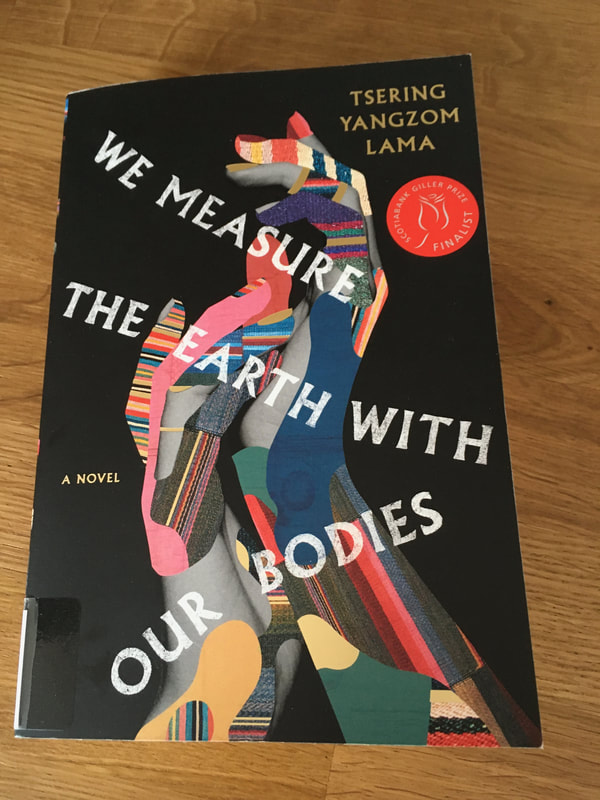|
http://www.jonimacfarlane.com/blog
"This land will remain. Long after our own brief, flickering lights fade, these mountains, these plains, this wind will persist. And because this land is the source of everything that makes us, we will still be here.” After the Chinese invasion of Tibet in 1950, the following years were a series of human rights abuses, oppression and violence against the Tibetan people. Tibetans attempted to take back their country in March 1959 with an uprising in Lhasa. The protests were crushed with brutal force. Armed conflicts, widespread famine, destruction of monastaries, and the suppression of Tibetan culture, led to the charge of genocide against the Chinese communist authorities. Although there is some criticism of this charge, there is no escaping that the Chinese occupation of Tibet led to widespread death. In the wake of the invasion, thousands of Tibetans fled their homeland on foot over the Himalayas. Many died along the way. Those who made it over the mountains, found their way to Nepal where they lived in exile in refugee camps. This is the background of this extraordinary novel. Sisters Lhamo and Tenkyi are part of this exodus, escaping from western Tibet with several other families. Their father dies during the journey, but they press on, guided by their mother’s spiritual visions. The group crosses the Himalayas, eventually making their way to a refugee camp several hours from Katmandu. Haunted by the loss of her mother and her homeland, Lhamo tries to build a life and protect her younger sister. Attending the camp school when English teachers arrive, Tenkyi is encouraged to become educated, while Lhamo takes on the drudgery of keeping a home. When an orphaned boy, Samphel, and his uncle arrive, they bring with them an ancient statue believed to be a divine oracle. The “Nameless Saint” is a touchstone of hope throughout the novel, a connection to their home, a deity from another time to guide and keep them safe. Decades later the sisters are separated, but their connection to each other, their ancestral home, and its culture, continue to shape their lives as does the trauma of their early exodus. The Nameless Saint also plays a continuing role in the narrative of their lives, driving them to return. The novel is told from the perspective of four alternating voices - sisters Lhamo and Tenkyi, Lhamo’s daughter, Dolma, and Lhamo’s childhood love, Samphel. It is a beautifully written meditation on displacement, colonization and the lengths we will go to to remain connected to our families and our ancestral land. It is haunting and mesmerizing. I’m ashamed to confess I knew very little about the occupation of Tibet. This novel is a sweeping, breathtaking narrative that captures the beauty of the Tibetan people and the emotional impact of their separation from their homeland. As the world - rightly so - turns its attention to the Ukrainian occupation, let’s not forget these other displaced exiles. Happy New Year my friends. I hope you had a safe and happy holiday season and I look forward to sharing more great reads and thoughts on the writing life. In the meantime, happy reading! Joni
0 Comments
Leave a Reply. |
Archives
July 2024
Categories |

 RSS Feed
RSS Feed
